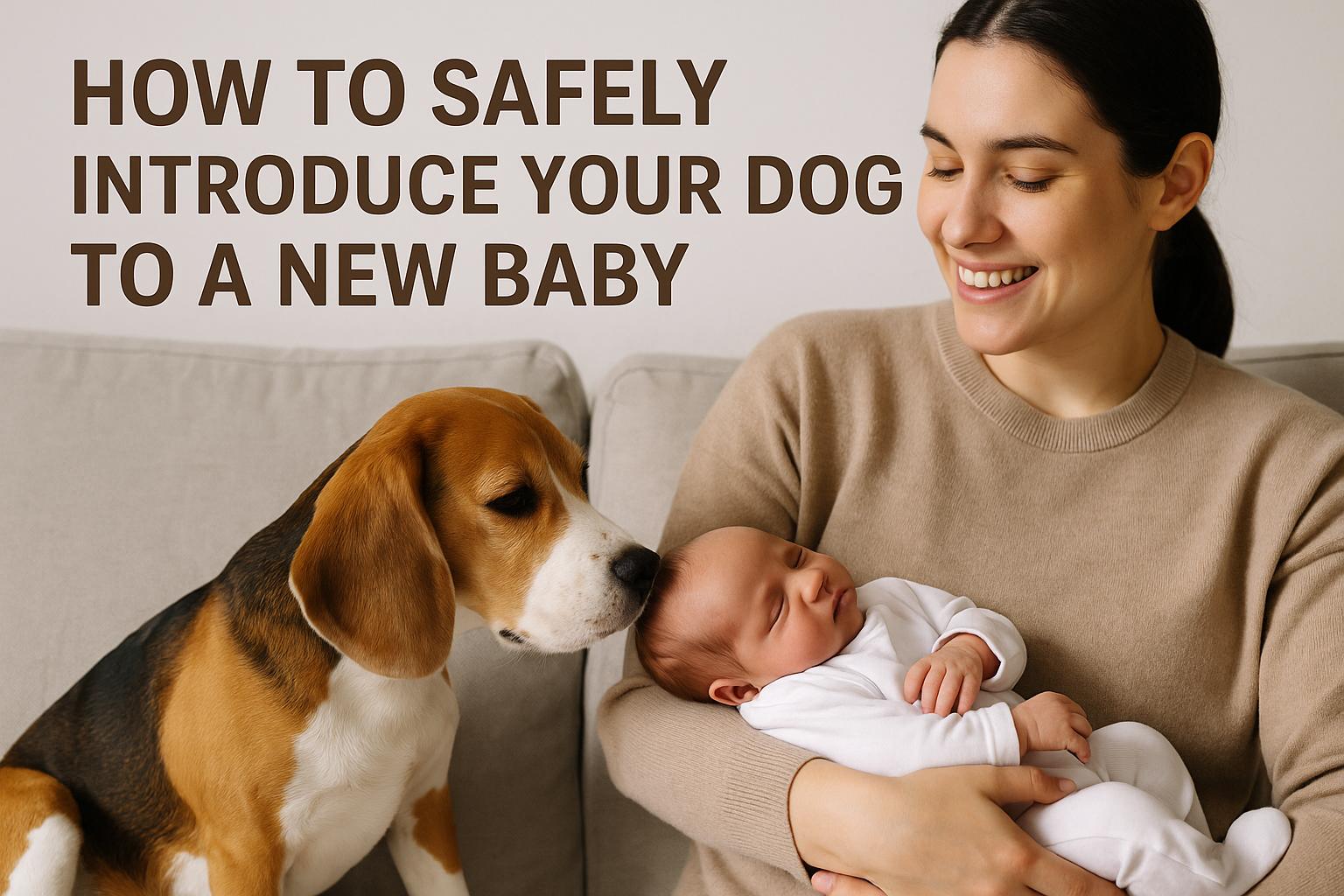
Bringing a new baby into the household marks an exciting yet challenging milestone, particularly if you are a dog owner. Your canine companion, accustomed to being the focus of attention, may face a period of adjustment. This transition can be significantly eased with adequate preparation, ensuring not just a harmonious household but also the mental and emotional well-being of your furry friend. One of the first steps is to ensure your dog is well-trained in basic commands such as ‘sit,’ ‘stay,’ and ‘leave it.’ These commands form the foundation of control necessary for managing interactions between your dog and the new baby. Moreover, if your dog struggles with behavioral issues such as aggression or excessive barking, it might be wise to consult a professional trainer before the additional bundle of joy arrives.
Preparing your dog is not solely about command training; it’s also about fostering positive associations with the upcoming changes. An effective strategy involves introducing baby-related items gradually. This approach helps your dog become accustomed to new objects in their environment, framing them as positive additions rather than intrusive elements. For instance, items like the crib, the stroller, and various baby toys can be introduced casually during daily routines. Encourage your dog to explore these items. Allow them to approach and sniff these new objects under your supervision. In doing so, reward your dog’s calm and inquisitive behavior with treats and praise. This technique not only alleviates anxiety but also associates the baby’s presence with positive reinforcement.
Sounds play a significant role in your dog’s perception of their environment. Dogs are naturally attuned to auditory changes, and new baby sounds can initially cause confusion or anxiety. As such, it’s beneficial to gradually introduce your canine friend to baby-related audio cues. This can be accomplished through the use of recordings featuring baby noises, such as crying or giggling. Start by playing these recordings at a low volume, allowing your dog to become comfortable with the new sounds. Slowly increase the volume over time, ensuring your dog remains calm and composed. As with introducing objects, reward calm behavior to reinforce a positive association with the new auditory stimuli.
The day arrives when you bring your baby home, and the initial introduction between your dog and the baby is a critical moment in their developing relationship. This meeting should be approached with caution and calmness to ensure a positive interaction. It might be beneficial for a family member to hold the baby while you focus on providing attention to your dog. This dual approach helps your dog feel secure and less anxious, reducing any potential for feeling neglected or replaced.
During the early stages of introduction, it’s wise to limit the access your dog has to the baby. This doesn’t mean excluding your dog from family activities but rather supervising interactions carefully. Initially, allow your dog to observe and sniff the baby from a safe distance. By consistently praising calm and gentle behavior, you are reinforcing positive conduct. As trust builds and both your dog and baby appear comfortable, you can gradually increase the duration and proximity of these interactions.
Despite successful initial meetings, it is imperative never to leave your dog alone with the baby. Even a gentle and well-behaved dog might inadvertently harm the baby, simply out of curiosity or playfulness. Constant supervision is essential to ensure a safe environment for both your baby and your dog.
The arrival of a new baby often shifts household routines and demands increased attention and care from parents. However, it’s vital not to let these changes lead to neglecting your dog. A neglected dog might become overwhelmed, potentially exhibiting unwanted behaviors like stress barking or destruction. Make a concerted effort to ensure your dog receives enough exercise, attention, and mental stimulation. These are all necessary elements for maintaining a balanced and harmonious household.
Consistency is key in providing stability for your canine companion during this transitional period. Attempt to maintain as much of your dog’s former routine as possible. Regular feeding times, daily walks, and engaging play sessions provide crucial structure. Sticking to established routines helps in reducing anxiety, reassuring your dog that they remain an integral part of the family unit. This effort toward maintaining stability minimizes disruptions and fosters a secure environment for your dog.
Every dog responds differently to major changes in their environment. If your dog exhibits signs of aggressive behavior, heightened anxiety, or other concerns, seeking the help of a professional animal behaviorist is a sensible option. These experts can offer tailored strategies and guidance, helping to create a safe and amicable home atmosphere conducive to both the dog and the baby. Professional intervention can make the difference in ensuring a peaceful adjustment period.
In summary, preparing your dog for the arrival of a new baby involves careful planning and managed expectations. With patience and commitment, introducing a newborn to the family dog can be a smooth process. The emphasis should be on preparation and continuous monitoring to create a harmonious household environment. By addressing your dog’s needs and emotions, you secure a nurturing space for all family members, paving the way for a cherished and lifelong bond between your canine friend and your new family member.